Freddie Mercury: Fearless in fashion
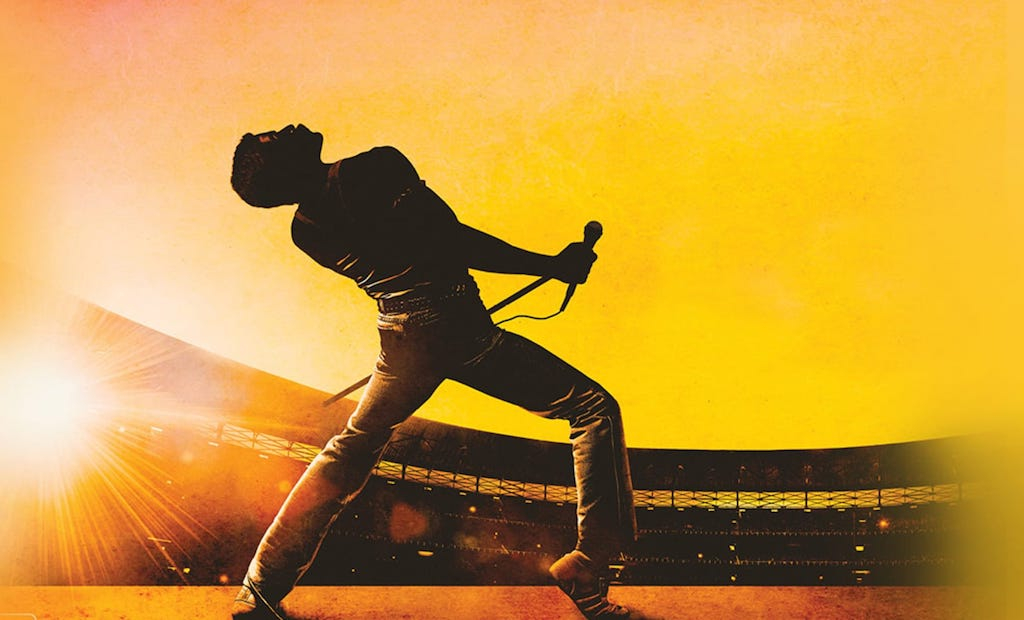
This week has seen two important dates: 24th November marked 23 years since Freddie Mercury’s death; the musician had suffered AIDS and passed away in 1991 after battling the condition, whilst 1st December was World AIDS Day.
Born Farrokh Bulsara in 1946, Freddie was iconic, flamboyant and epic in equal proportions, setting a precedent for modern showmanship. Openly gay, he carved out a unique identity, not only within musical culture at the time, but the wider British culture. His style was dynamic, using elements of hard-rock and glam-rock, nothing was off limits as spandex, sequins, glitter, leather and fur were all part of his look. Mercury was once quoted saying: “It is not a concert you are seeing, it is a fashion show.”
Style, fashion and the gay scene have been entwined for longer than most people realise. Summer 2013 in New York saw an exhibition titled A Queer History of Fashion: from the Closet to the Catwalk, charting the relationship between style and LGBT culture. Fascinating examples of signals which identified gay men, communicated through fashion from the eighteenth century onwards, include red neckties, bleached hair and leather.
The move away by the aristocracy around 1850 from the fashions of the 1700s (silks, laces) toward more conservative styles came in a bid to put distance between what was increasingly considered excessive and effeminate. A subcultural identifier of that period became known as the “fop”, a trend that was maintained by some despite the shift in mainstream fashion. This was later translated into modern fashion by Vivienne Westwood in her 1991 collection Cut and Slash.
Later androgynous styles seen in the late 1800s and early twentieth century found women wearing masculine cuts and tailoring; this was adopted by some lesbian cliques. After a period of oppression in the 1950s during which the gay scene went underground, the 1960s brought new freedoms of expression, acceptance and civil liberties being achieved across race, sexuality and gender. Savile Row exploded in colour reflecting flower power and relaxation of previous social barriers. LGBT rights evolved dramatically and rapidly changing fashions were assimilated into the growing scenes across America and Britain. Music was tied especially closely to emerging subcultures over with following 20 years: disco, punk, mod and hippie styles all found their way into gay cultures.
The seventies produced some truly iconic gay figures from music, film and TV – The Village People, Liberace, Elton John among many others. Then there was Freddie. Queen largely transcended boundaries because of his artistic vision and visual creativity, taking risks in his experimentation with music and fashion.
The early 80s were dominated by the band that had diversified their music from rock and progressive rock toward more mainstream-friendly sounds. Freddie was akin to royalty and counted the late Princess Diana among friends: a famous story from the late 80s tells of Freddie helping to disguise her as a male model so she could secretly attend a gay bar. Both were associated closely with the fashion houses of the late 80s and 90s; Diana’s work with AIDS victims was instrumental in raising awareness of the condition and tackling the stigmas surrounding the condition. Her son, Prince Harry is a founder of Sentebale, a children’s charity whose campaign this year is aimed at dismantling myths and shame associated with HIV and AIDS. The initiative has been received widely across social media, with Twitter users sharing their secrets and helping to generate interest around #FeelNoShame and particularly sending #WorldAIDSDay to the top of the trend list.
In the years following his death, Freddie Mercury’s legacy lives on, inspiring countless artists, most significantly Lady Gaga who has been aligned with fashion and gay culture. More people now speak openly about their sexuality, about HIV/AIDS, and gains are being made in research to combat the disease. In 2012 Mercury’s harlequin spandex bodysuit commanded a sale price of £22,500 at Bonham’s; at the same sale a pair of ballet pumps he’d worn whilst recording at the same studio as the Sex Pistols sold for £4000.
Sid Vicious: “Fred, I see you’ve brought ballet to the masses then.”
Freddie: “Oh yes Mr Ferocious. Trying my best, dear.”
Emma Pugh

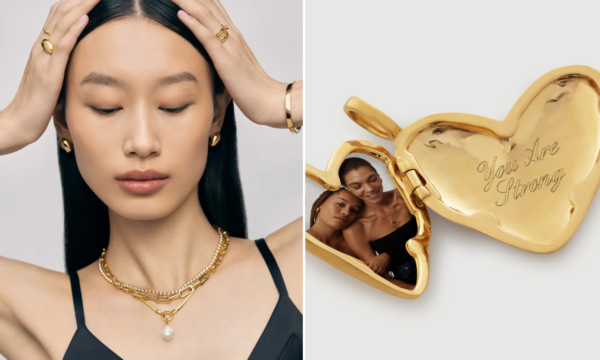


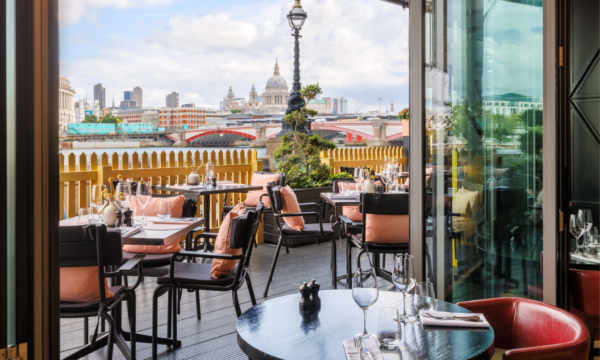

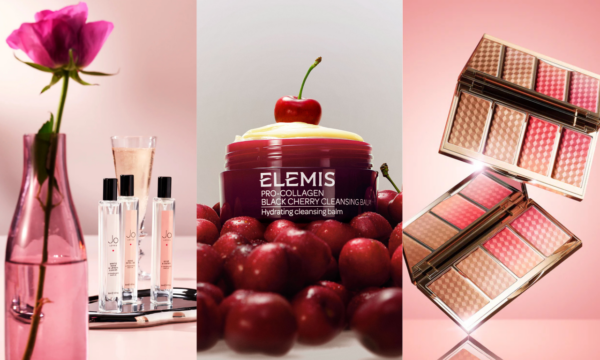
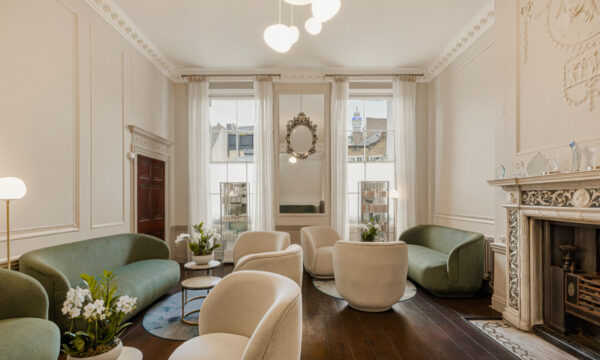
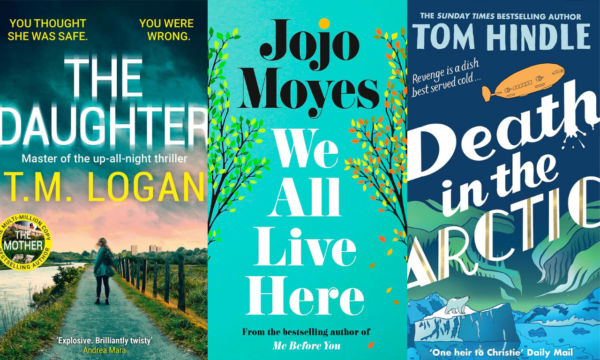











Facebook
Twitter
Instagram
YouTube
RSS